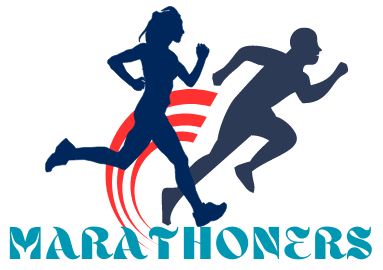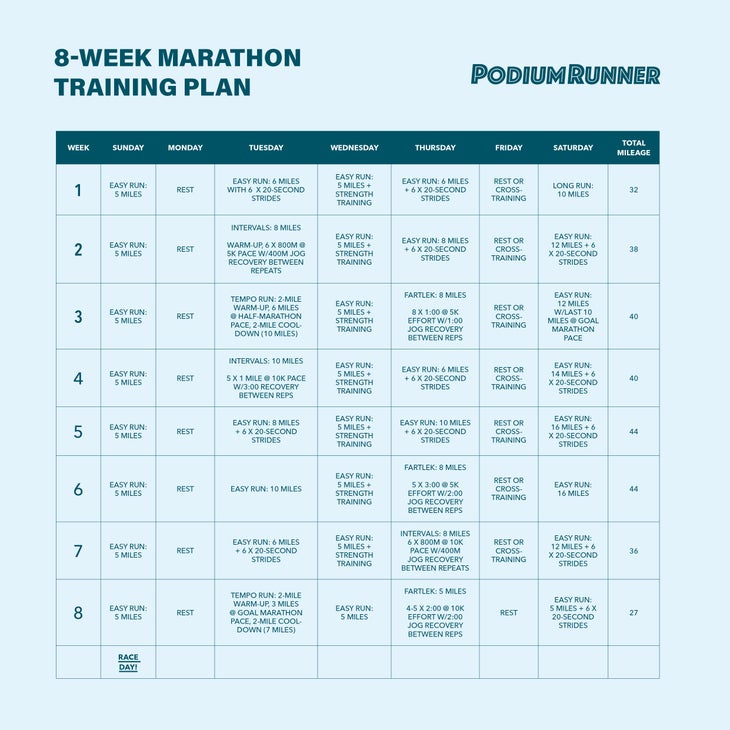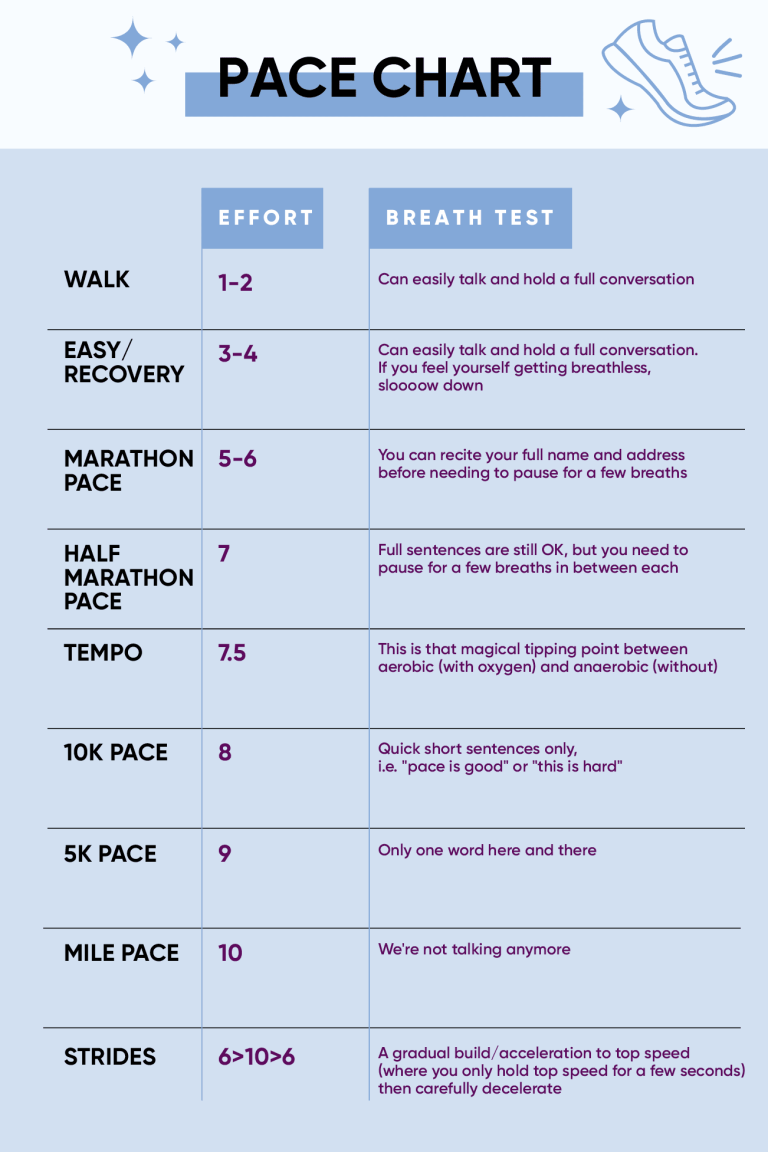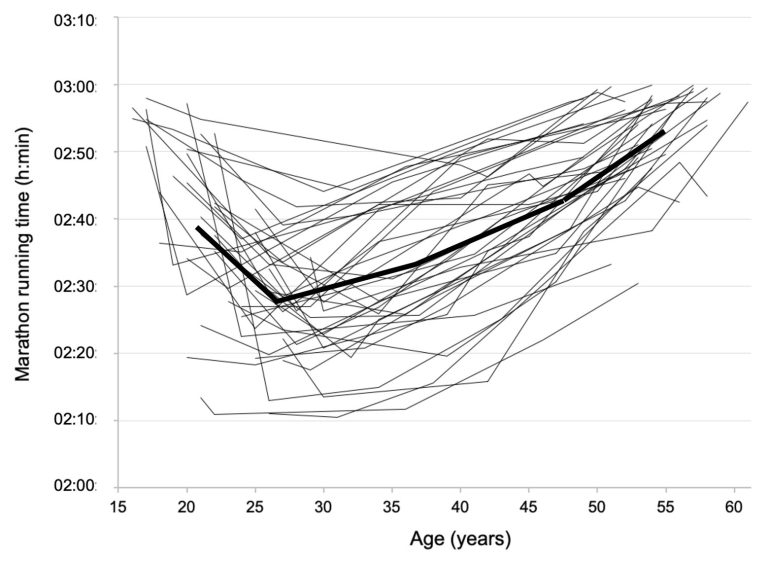Marathoning for Mortals by John Bingham – Book Summary
Marathoning for Mortals by John Bingham is a motivational and practical guide designed for everyday individuals dreaming of running or walking a half-marathon or full marathon. The book breaks down intimidating barriers and proves that you don’t need to be an elite athlete to go the distance. It’s about mindset, gradual progress, and enjoying the journey.
Who May Benefit from the Book
- Beginners curious about completing a marathon or half-marathon
- Walkers or slow runners seeking non-judgmental training advice
- Middle-aged or older adults wanting to adopt a healthy lifestyle
- Busy people needing flexible, realistic training plans
- Anyone needing motivation and guidance to start their fitness journey
Top 3 Key Insights
- Mindset Matters More Than Miles: Mental commitment is more powerful than natural talent.
- Training Is the Reward: The journey itself brings growth, joy, and personal success.
- Listen to Your Body: Strict programs don’t beat self-awareness and smart adjustments.
4 More Lessons and Takeaways
- Rest Is Training: Recovery days are essential. Fitness builds during rest, not just workouts.
- Nutrition Fuels Performance: Balanced eating is vital. Food should support, not sabotage, your efforts.
- Gear Must Fit, Not Just Impress: The right shoes and clothes prevent injury and increase comfort.
- Race Day Is a Celebration: It’s the reward for your discipline, not a test to fear.
The Book in 1 Sentence
A step-by-step guide that shows anyone, regardless of age or pace, how to complete a half or full marathon with joy.
The Book Summary in 1 Minute
Marathoning for Mortals inspires non-athletes to believe they can run or walk long distances. The book offers flexible training programs that cater to different experience levels and goals. It emphasizes mindset over talent, consistency over intensity, and self-compassion over comparison. The authors stress the importance of rest, smart nutrition, proper gear, and listening to your body. Race day is not the goal—it’s the celebration of your effort. The book makes long-distance events feel doable, rewarding, and even fun for ordinary people.
The Book Summary in 7 Minutes
Marathoning for Mortals welcomes readers into the world of long-distance running and walking by breaking down the myths around who qualifies as an “athlete.” It empowers everyone to train for and complete half or full marathons, not by pushing harder, but by approaching training with purpose, balance, and belief.
Mindset Over Muscle
The authors emphasize that the biggest hurdle is often mental. You don’t need to be fast, young, or naturally gifted. You need to decide to try, and stick with it. This is the book’s core message—ordinary people can achieve extraordinary goals when they believe they can.
- Mental commitment trumps physical talent
- The journey begins the moment you decide to train
- Don’t compare your progress with others
The Training Journey
Training is not just about the race day. It’s where the real transformation happens. Every workout builds mental and physical strength. The authors remind readers to enjoy each run or walk, treating it as a chance to learn, grow, and celebrate progress.
- Daily workouts build confidence
- Embrace small wins and setbacks alike
- Celebrate consistency more than speed
Flexible and Personalized Plans
The book offers eight detailed training plans. These plans cater to various fitness levels and goals, whether you’re walking or running. The focus is on personalization.
| Plan Type | Duration | Target Distance | Suitable For |
|---|---|---|---|
| Walk Only | 16 weeks | Half or Full | Beginners or older adults |
| Run/Walk Combo | 16 weeks | Half or Full | New runners or low stamina |
| Run Only | 16 weeks | Half or Full | Active individuals or returners |
Each plan is designed to be adaptable. You’re encouraged to modify it based on how your body feels, your weekly schedule, or unexpected life events.
Listen to Your Body
Following a program blindly doesn’t work for everyone. The book stresses body awareness. Not all pain is gain—some is a warning sign. Skipping a workout can be smart, not weak.
- Rest when tired or sore
- Adapt your plan based on your body’s feedback
- Avoid comparing your pace or mileage to others
The Power of Rest
Rest isn’t a break from training—it’s an essential part of it. Your body recovers, adapts, and strengthens during rest. The authors even include “cutback weeks” in the plans, which reduce training volume intentionally.
- Take rest days seriously
- Use active recovery like walking, yoga, or swimming
- Prioritize sleep and stress management
Nutrition as Fuel
Food isn’t the reward for training—it’s what makes training possible. The authors recommend treating nutrition like you treat gear or mileage: intentionally. You learn what to eat before, during, and after workouts for best results.
| Macronutrient | Role | Example Foods |
|---|---|---|
| Carbohydrates | Main fuel for endurance | Rice, pasta, fruits, oats |
| Protein | Muscle repair and recovery | Eggs, chicken, tofu, legumes |
| Fats | Sustained energy, hormone support | Avocados, nuts, olive oil |
They also stress proper hydration and warn about the dangers of both dehydration and overhydration (hyponatremia).
Choose the Right Gear
Training with the wrong gear causes blisters, pain, and even injuries. Good shoes matter most. Visit a running store and get fitted properly. Don’t buy gear based on brand or style—fit and function come first.
- Replace shoes every 300–500 miles
- Avoid cotton—choose moisture-wicking fabrics
- Dress for the weather and layer smartly
Race Day Is a Victory Lap
The race isn’t a test—it’s a celebration. You’ve already won by training and showing up. Enjoy the day, soak in the crowd, and be proud. Whether you run or walk, fast or slow, finishing is a huge achievement.
- Treat the race like a party
- Don’t chase time goals if it causes stress
- Take in the moment, and reflect on your journey
About the Author
John Bingham is an American writer, runner, and speaker known for promoting running at all levels of ability. Once a self-described overweight couch potato, Bingham began running in his 40s. He gained popularity through his columns in Runner’s World and became known for the nickname “The Penguin,” symbolizing slow but steady effort. His mission is to make running accessible to anyone, regardless of age or pace.
How to Get the Best of the Book
Read it with your personal journey in mind. Choose a plan that fits your current level. Don’t rush—trust the process. Highlight the mindset lessons and revisit them when motivation dips.
Conclusion
Marathoning for Mortals makes endurance sports feel friendly and doable. It replaces fear with confidence and turns running into a joyful personal adventure. With patience, self-belief, and the right plan, anyone can cross the finish line.





